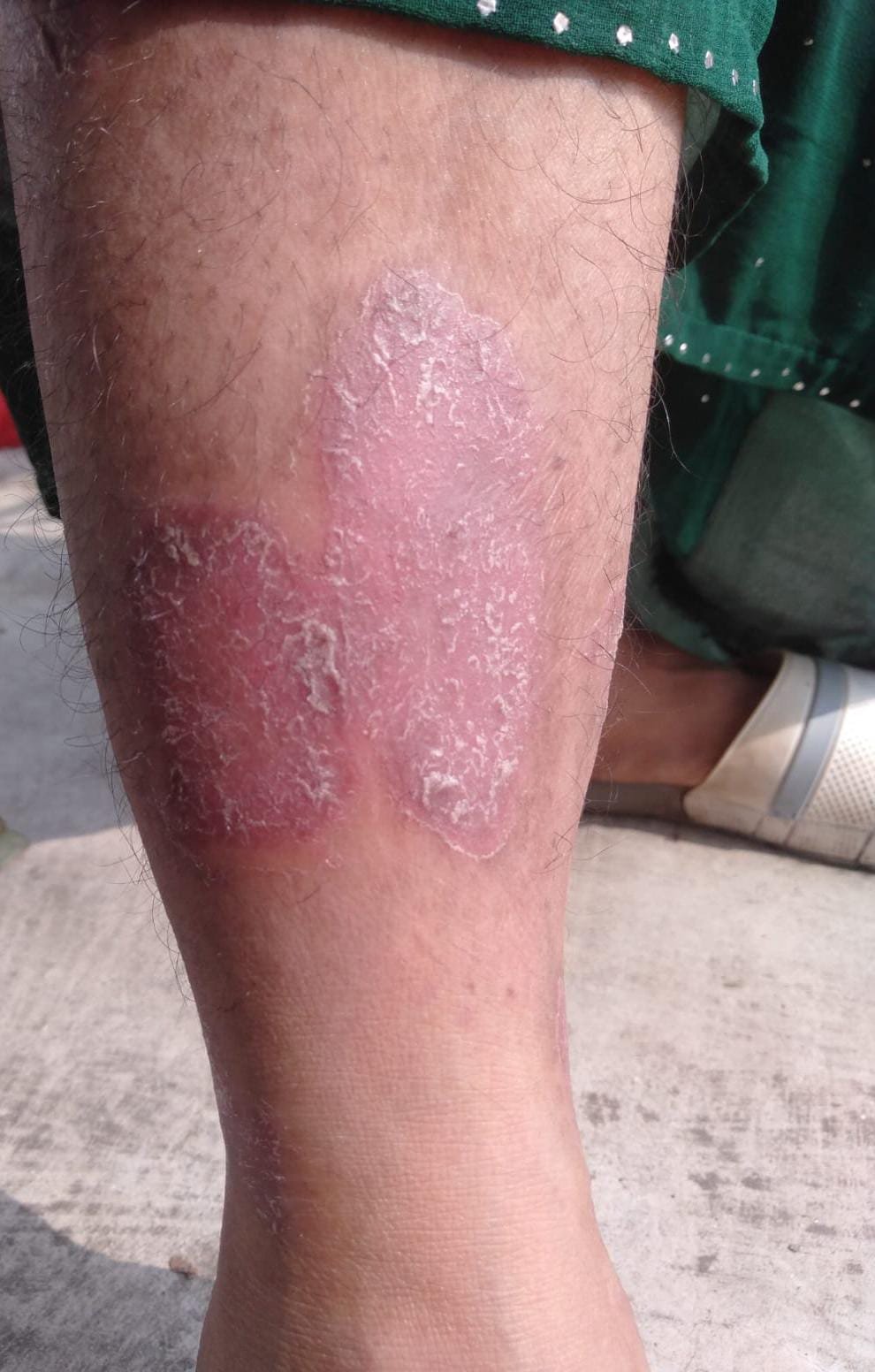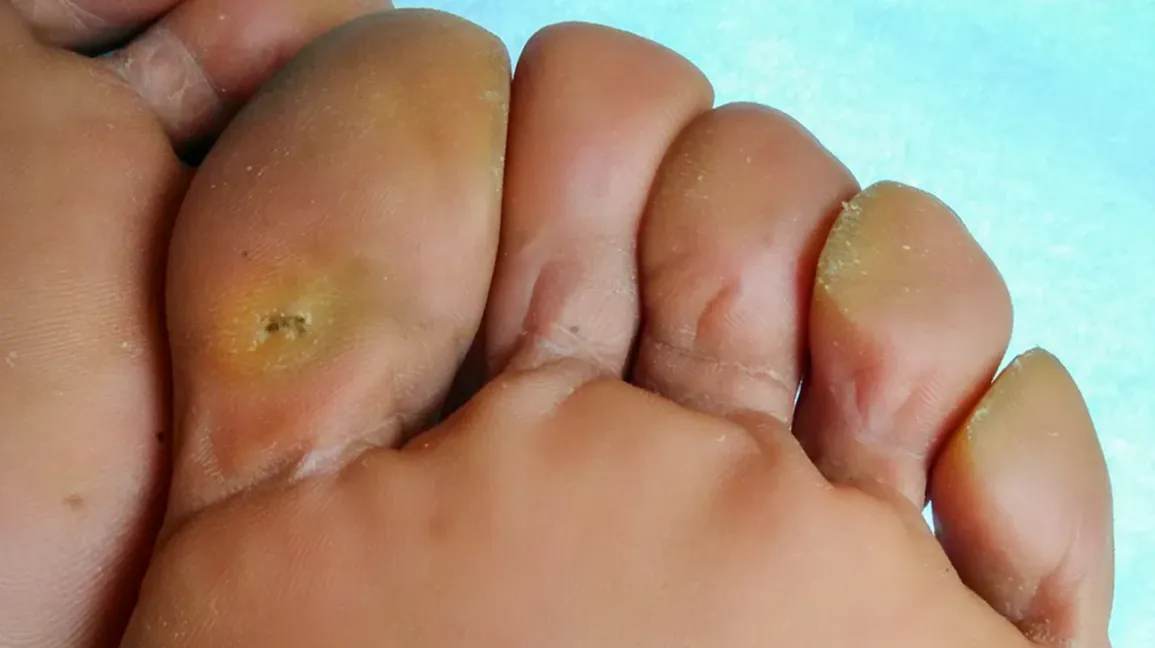Rheumatoid arthritis (RA) is a chronic autoimmune disease that primarily affects the joints. It occurs when the body’s immune system mistakenly attacks the synovium—the lining of the membranes that surround the joints. This leads to inflammation, causing the synovium to thicken, which can eventually destroy the cartilage and bone within the joint. Over time, RA can lead to joint deformities and affect joint function.
Symptoms RA typically affects smaller joints first, such as those in the fingers and toes, before progressing to larger joints like wrists, knees, and hips. Symptoms include joint pain, swelling, stiffness, and tenderness. Fatigue, fever, and loss of appetite are also common in individuals with RA, and symptoms tend to fluctuate, with periods of increased inflammation (flares) and remission.
Causes and Risk Factors The exact cause of RA is unknown, but it’s believed to result from a combination of genetic, environmental, and hormonal factors. Risk factors include:
Genetics: A family history of RA increases the likelihood of developing the disease.
Gender: RA is more common in women than in men.
Age: It often starts between the ages of 30 and 60.
Environmental Factors: Smoking and exposure to certain chemicals have been linked to RA.
Diagnosis and Treatment Diagnosing RA involves a physical examination, blood tests (to check for inflammation markers like ESR and CRP, as well as specific antibodies), and imaging tests to assess joint damage.
Treatment focuses on managing symptoms, slowing disease progression, and improving quality of life. Common treatments include:
Medications: Disease-modifying antirheumatic drugs (DMARDs), biologic agents, and corticosteroids.
Physical Therapy: Exercises to maintain joint flexibility.
Lifestyle Changes: Regular exercise, a balanced diet, and quitting smoking.
Surgery: In severe cases, surgery may be needed to repair or replace damaged joints.
Outlook RA is a lifelong condition, but with early diagnosis and treatment, many people can manage their symptoms effectively. Ongoing research aims to improve RA therapies and eventually find a cure.


